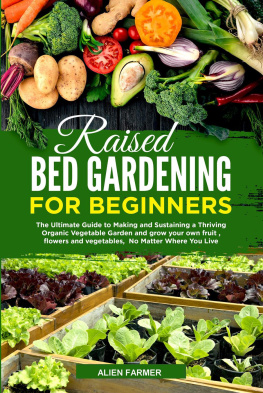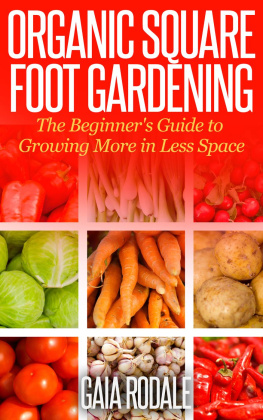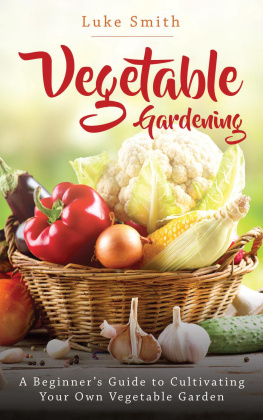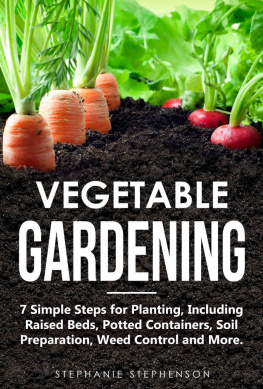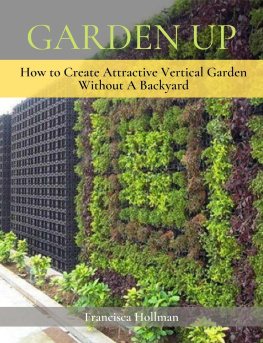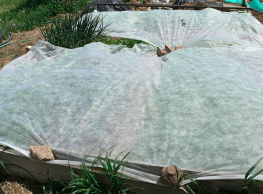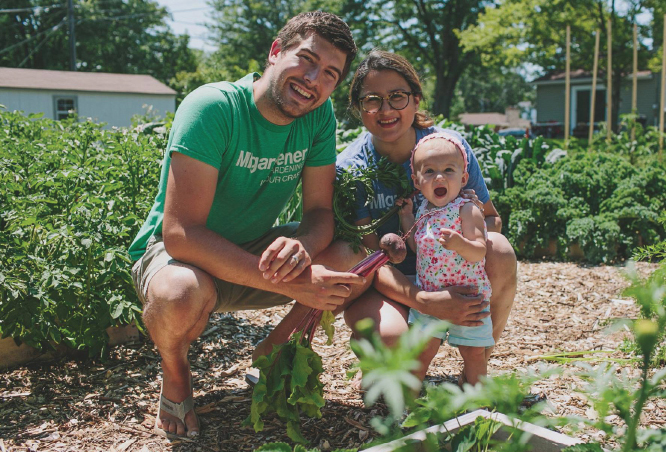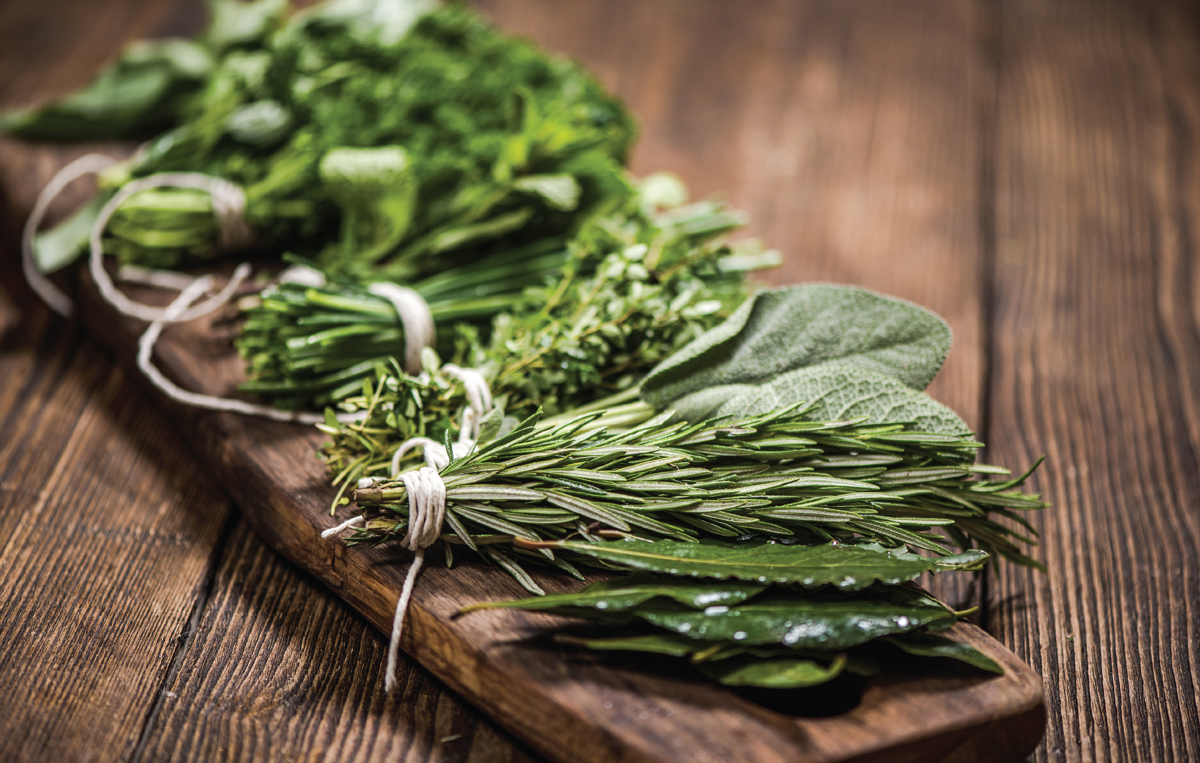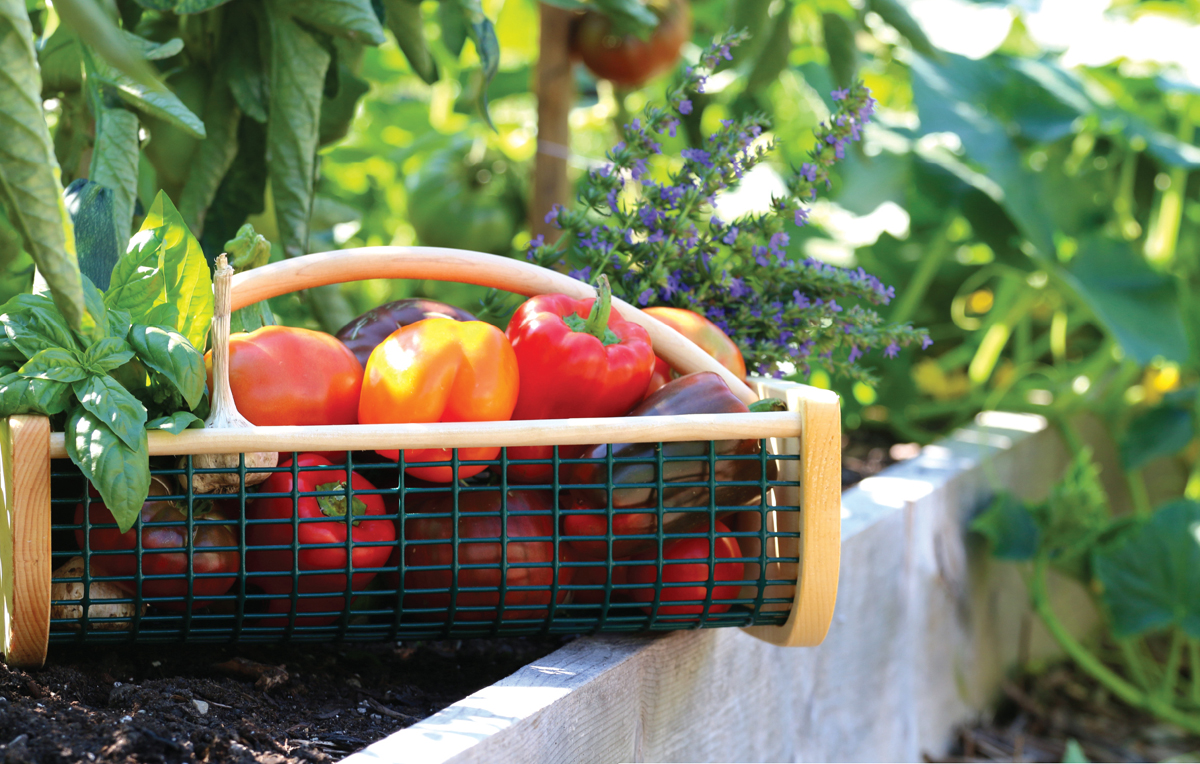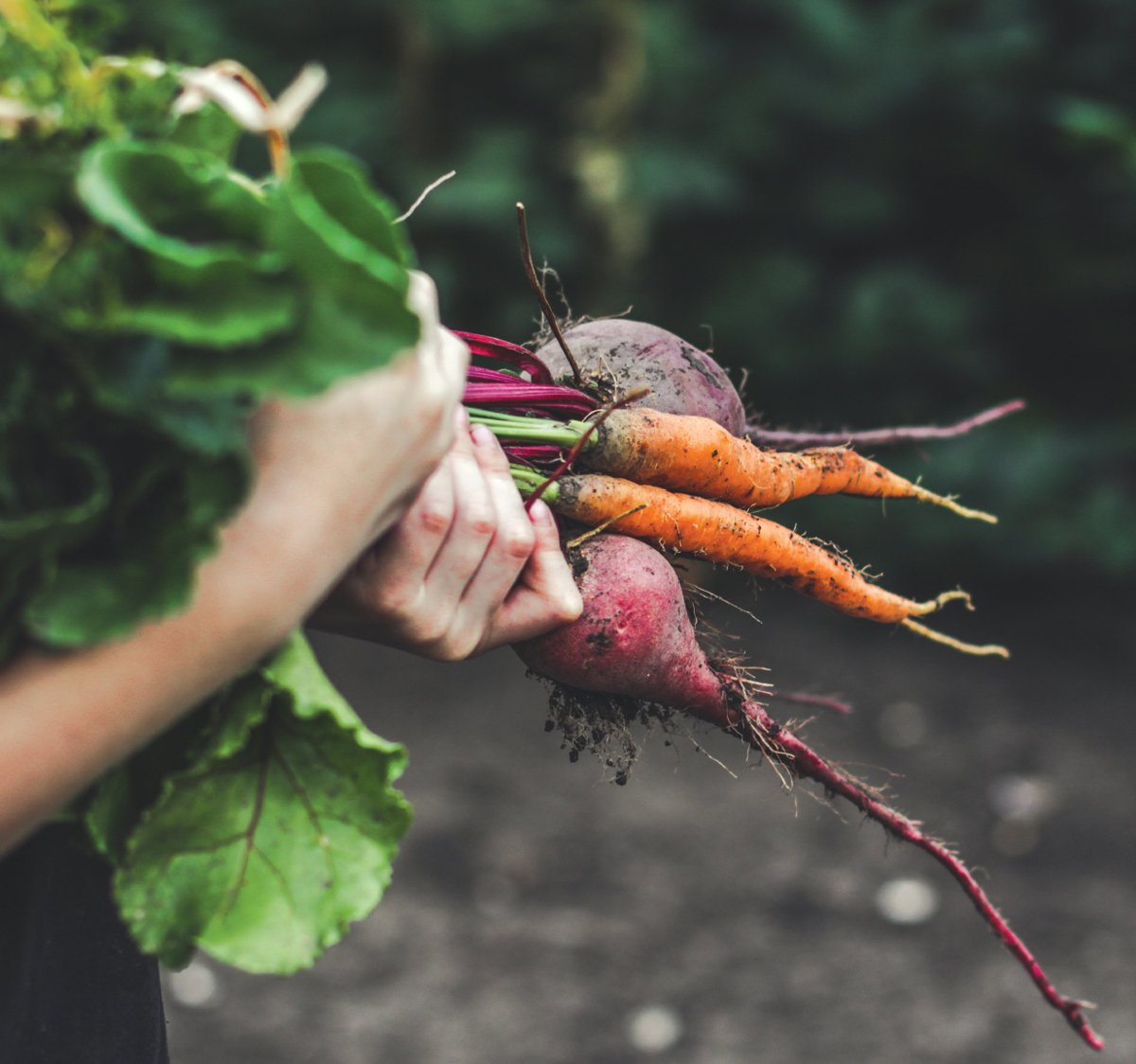Notice: ebook piracy is both illegal and immoral. If you suspect that you received this ebook from an illegitimate distributor or retailer, please look at our list of authorized distributors. If you received this book from a retailer or promotion not on this list, then neither the author nor publisher have been paid for their work. Please support us so that we can continue to provide you with quality literature.
2019 Luke Marion
All rights reserved.
No part of this book may be reproduced in any form whatsoever, whether by graphic, visual, electronic, film, microfilm, tape recording, or any other means, without prior written permission of the publisher, except in the case of brief passages embodied in critical reviews and articles.
The opinions and views expressed herein belong solely to the author and do not necessarily represent the opinions or views of Cedar Fort, Inc. Permission for the use of sources, graphics, and photos is also solely the responsibility of the author.
ISBN 13: 978-1-4621-2987-4
Published by Hobble Creek Press, an imprint of Cedar Fort, Inc.
2373 W. 700 S., Springville, UT, 84663
Distributed by Cedar Fort, Inc., www.cedarfort.com
Library of Congress Cataloging-in-Publication data on file
Cover and page design by Shawnda T. Craig
Cover design 2019 Cedar Fort, Inc.
Edited by James Gallagher (Castle Walls Editing LLC) and Nicole Terry
To my amazing wife and daughter, my two favorite harvesting buddies and garden helpers. You two motivate me and help me to see my true potential each and every day. It is the garden that brings us together as we grow as a family. Some of the fondest memories I hold are ones of us laughing and playing and our wonderment over the simplicity and awe-inspiring nature of a vegetable garden.
CONTENTS
CHAPTER 1
INTRODUCTION TO AUTOPILOT GARDENING
Before we get into what an Autopilot Garden is, Id like to give you a little background about me. I have been gardening since I was young. At five years old, I was already out in the garden because my mom could not watch me indoors and garden outdoors at the same time. She was big into planting flowers, but she always planted seasonal vegetables for the family.
Some of her favorite things to plant would be vegetables that could be eaten fresh and preserved for the off season. We would grow peppers, herbs, beans, and tomatoes with the small garden space we had. Sometimes the vegetables wouldnt even make it in the house because we would enjoy a fresh snack right there in the garden. If we did bring the ingredients indoors, I can remember them being used to make spaghetti sauce, green beans with just a little salt and pepper, or tomatoes sliced for club sandwiches. Everything we ever made just tasted so much more vibrant and flavorful.
The first time I saw food growing on plants, I thought I had discovered magic. I can remember planting tomatoes, one of my favorite plants at the time, with my mom. She told me it was one of the most satisfying things to see: starting with a small seed and watching that one small seed produce many pounds of tomatoes. What a miracle. Magical. I found the same feeling with all plants, and thats where my fascination and love of gardening began.
At the age of nine, I was given permission to cultivate a small 3-foot-by-3-foot area and grow whatever I wanted in it. I planted mostly flowers, but as time went on, I found myself growing more and more edible plants. I was constantly being drawn back to the tomato plant that started it all, but I was also finding fascination in peppers, cucumbers, and even lettuce. I was not your typical nine-year-old.
At age thirteen, I decided to cultivate a small patch behind our garage where we had an old firewood pile. I asked permission, and my parents both quickly accepted the request, knowing that a teenager could be getting into far worse things than taking up an interest in growing vegetables behind our garage. So with eagerness, I planted out the now-expanded 10-foot-by-4-foot garden bed with anything I could get my hands on. This fueled my passion and expanded my experience with growing many different crops that I had never previously had room for.
By age sixteen, I began the MIgardener channel and decided to take up gardening full time to inspire other kids my age to grow more food and understand where real food came from. Ketchup was not a vegetablethough our schools classified it as such (as crazy as that seems). French fries were not a vegetable either, even though they started out as potatoes. With my mission in mind, a knowledge of how to garden, and the space to work, I set out on my goal of changing gardening and making people around the world more excited about gardening by Growing Big or Going Home, which was MIgardeners motto and still is to this day.

I later got married to my beautiful wife, Sindy (a.k.a. Mrs. MIgardener), who gave birth to our beautiful daughter. I found it more important than ever to not only raise a garden but also to supply my family with the food that we ate to ensure we were not only saving money being a young family, but also eating the healthiest food possible. It was challenging to balance family life, work, and gardeningwhich, sadly, was work too.
As I matured as a gardener, I learned other gardening techniques, such as raised-bed gardening, hydroponic gardening, and permaculture gardening. I found that all of these methods have their shortcomings.
One of my biggest challenges was finding which gardening method I liked the most and which gardening method I could promote as a feasible way to have a successful garden. You see, as a beginning gardener, I would approach other gardeners who seemed to have success and ask them what they were doing. The trouble was that every gardener I spoke to had a different technique, a different way to have a successful garden, and each claimed their method was the best. After analyzing all of them, and trying many of them, I found that while all these methods lead to overall success in the garden, they have shortcomings that make them less than desirable for someone trying to increase their production and decrease their workload.
This is how I stumbled across the idea of the Autopilot Garden. I want to make it clear that an Autopilot Garden is not immediately a hands-off garden. You have to get the airplane off the ground before putting it on autopilot. That requires work, initially, but once you put the systems in place, it takes almost no effort for it to run itself. The systems are components of the gardening methods that Ive mentioned and of several other methods Ive discovered through my experience as a gardener.


